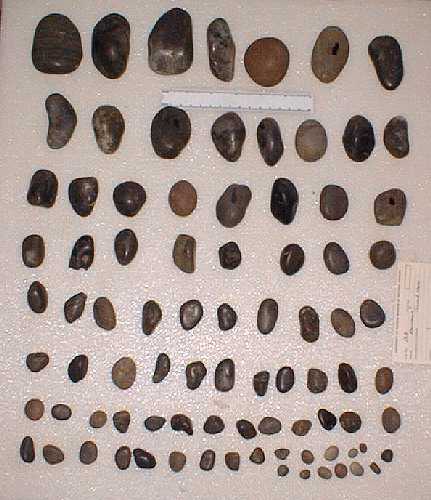| 50
The American Naturalist
[January,
GEOLOGY AND PALEONTOLOGY .
A Food Habit of the Plesiosaurs. - Mr. S. W.
Williston reports finding a number of pebbles in such a position with respect to the bones
of a Plesiosaur discovered in the Niobrara chalk in Kansas that the conclusion is
irresistible that the stones had been in the stomach of the reptile. They had probably
been swallowed to aid in digestion, a custom still ill vogue among the Crocodiles. Some of
the pebbles were attached by the original soft limestone matrix to the ribs and thoracic
vertebrę, so that there could not be a shadow of a doubt as to the contemporaneity of
deposition.
The saurian is one of the largest of the order,
measuring when alive about fifty feet. The pebbles, 125 in number, are extremely hard,
consisting almost wholly of silica, varying in weight from 1 to 170 grams. They are
conspicuous in color, either white, black or pink, and show a great amount of abrasion,
and probably came from the shores of the Benton sea.
From the uniformity of shape among the smaller
ones, their number, and their color, Mr. Williston is inclined to think they were not
merely water-worn pebbles, accidentally swallowed, but they had been selected by the
saurian for a purpose, and that their present shape is owing to their prolonged use as
"gizzard stones" in the animal's stomach.
(Trans. Kansas Acad. Sci., Vol. XIII, 1891-92.) |

